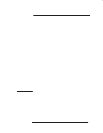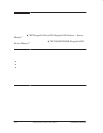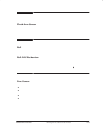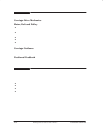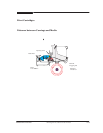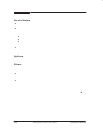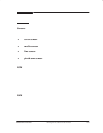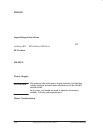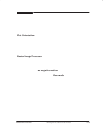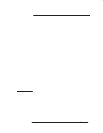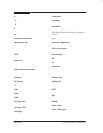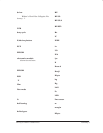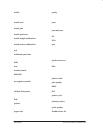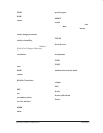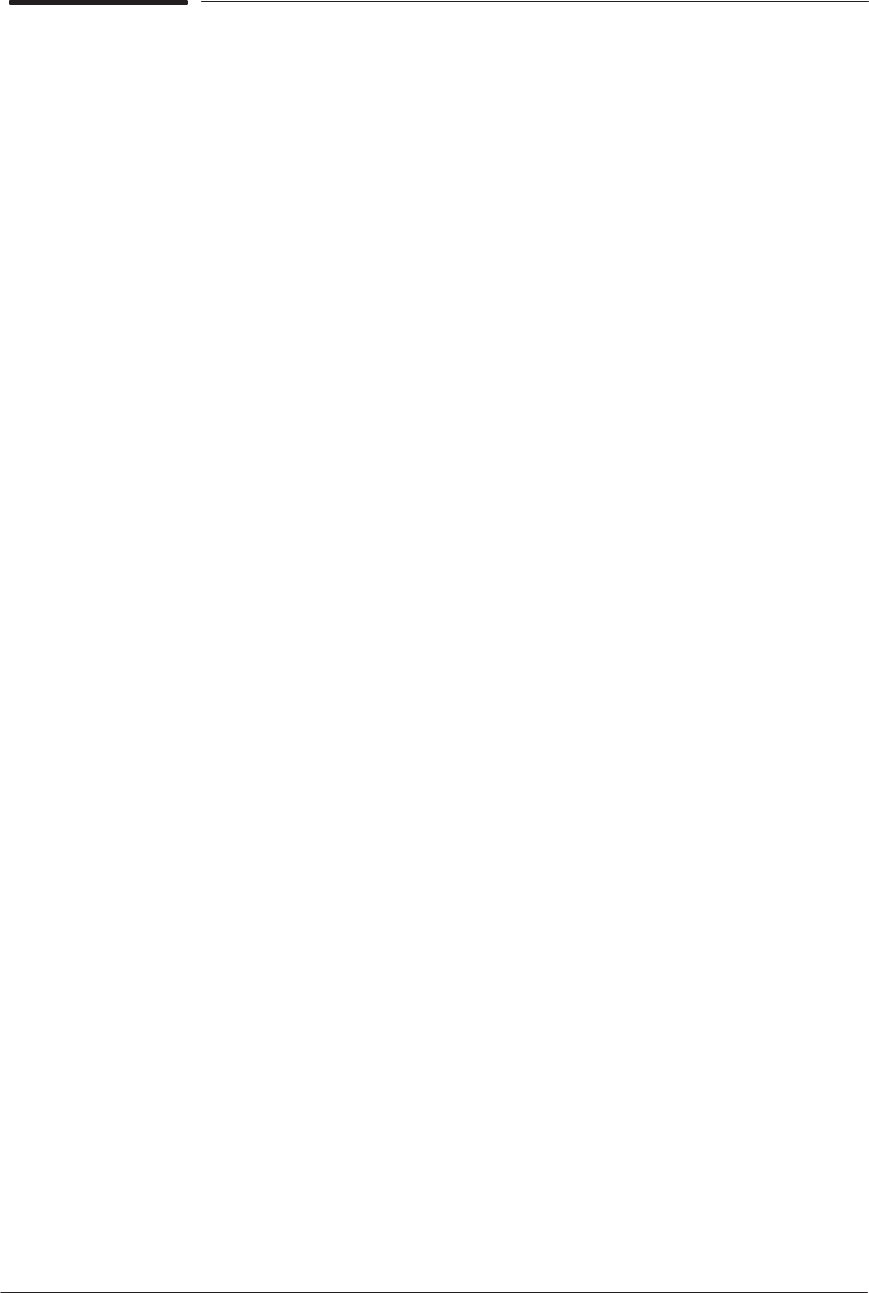
Functional Overview
10-9
HP DesignJet 430, 450C and 455CA Printers
Memory Usage
It is difficult to calculate the amount of Printer memory needed to plot a
drawing of any given file size. Memory is used, not just to hold the input
data, but also for system overhead, processing workĆspace, and storage of the
internal representation of the plot. Some types of graphics require relatively
large amounts of memory. Examples are wide lines, raster fill patterns,
polygons, and userĆdefined lines.
Plot Orientation
The output orientation of the drawing also has an impact on memory usage.
Compare a plot of horizontal lines with one of vertical lines. Lines plotted
parallel to the carriage axis take up considerably less memory than those
plotted perpendicular to it. The Printer builds graphic display objects on a
swathĆbyĆswath basis. A horizontal line can be contained in one swath. A
vertical line spans many swaths and therefore requires more entries in the
Printer's internal display list.
Raster Image Processor
The raster transfer language (RTL) provides a solution to insufficient
memory on the Printer. When all the data is sent to the Printer in the order
leftĆtoĆright and topĆtoĆbottom, the Printer is able to plot the data as it
receives it. For this to happen, software (a rasterĆimage processor) in the
computer must first rasterize all the data. The software issues a command
(referred to in RTL as no negative motion) telling the Printer that it will
not receive data for any media location on which it has already plotted.
The use of no negative motion is called flow mode. Data flows through the
Printer without being stored in a display list, so the size of the file that you
can send is almost unlimited.



